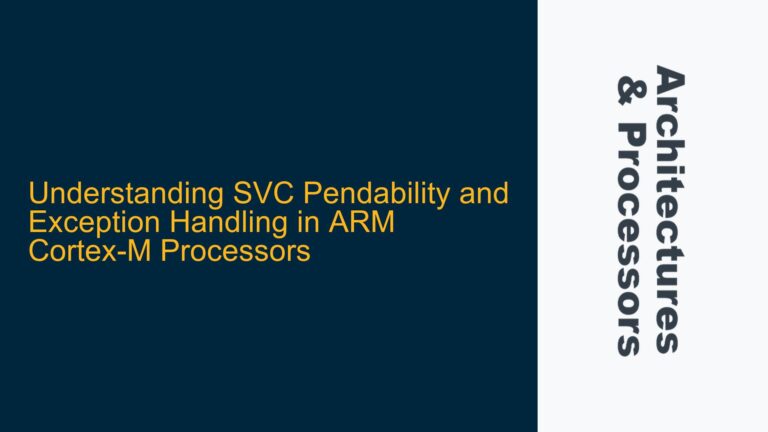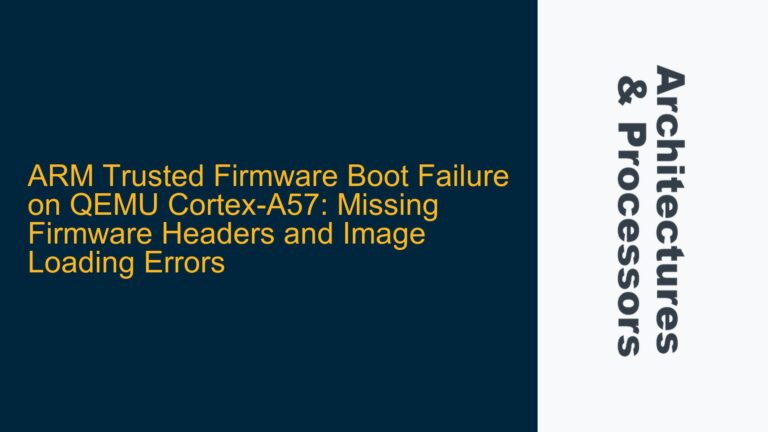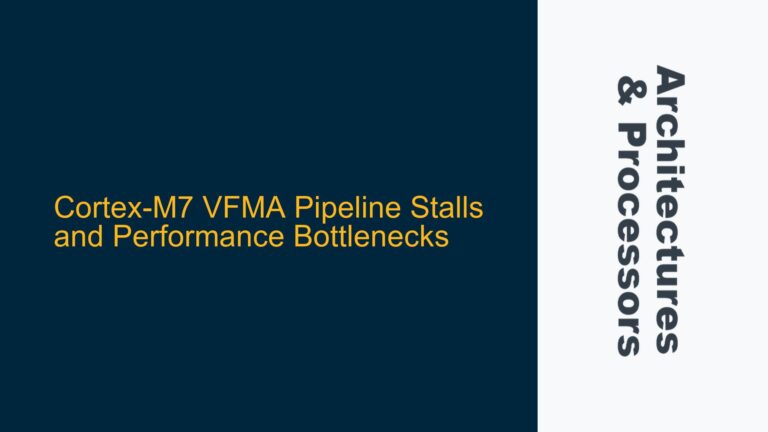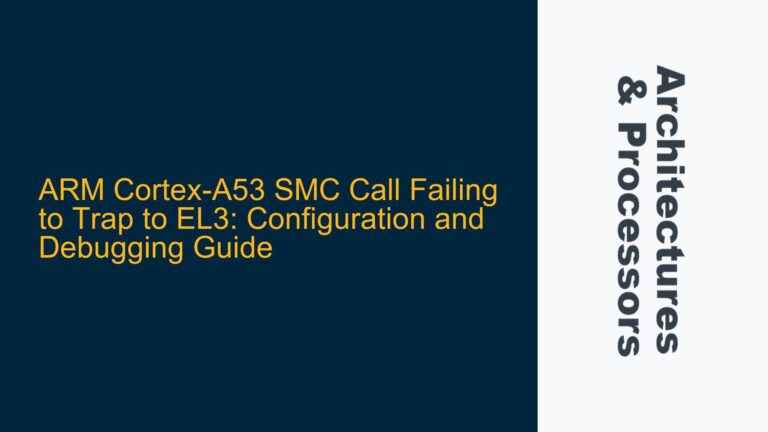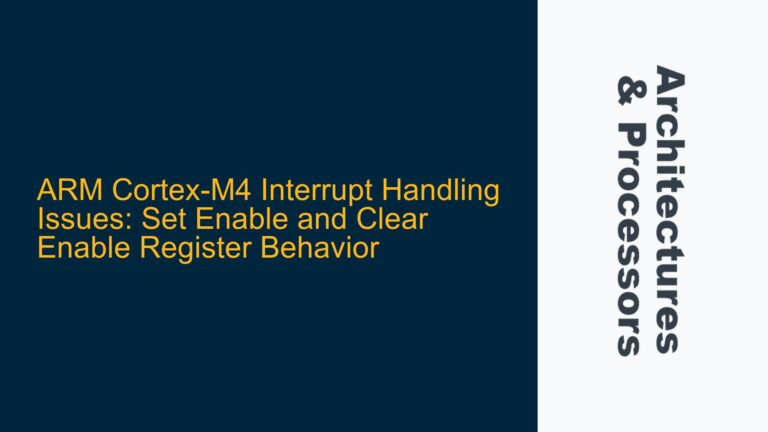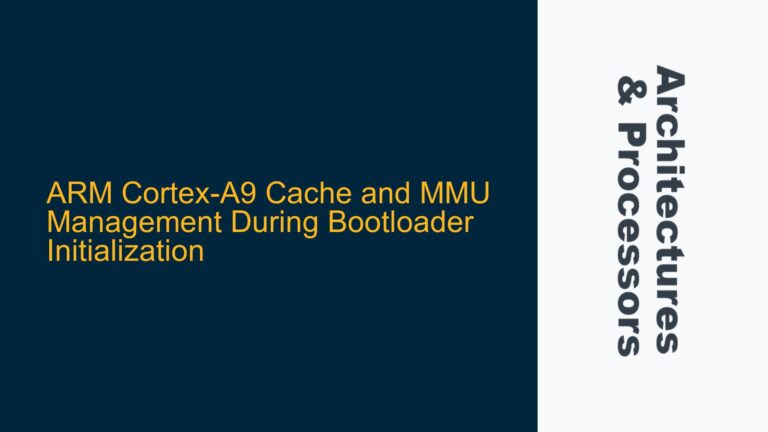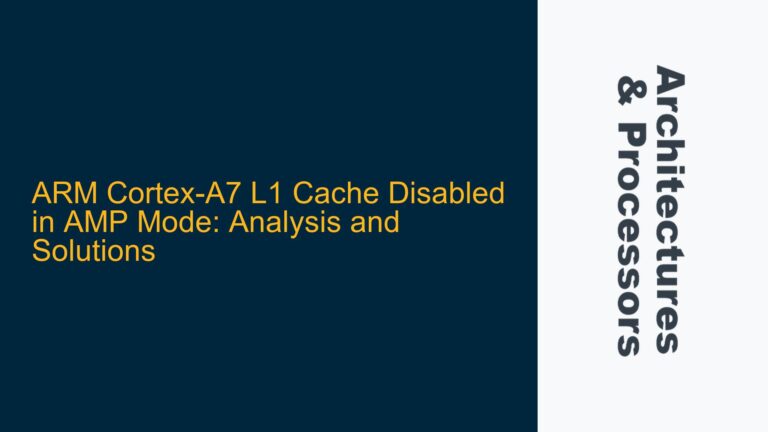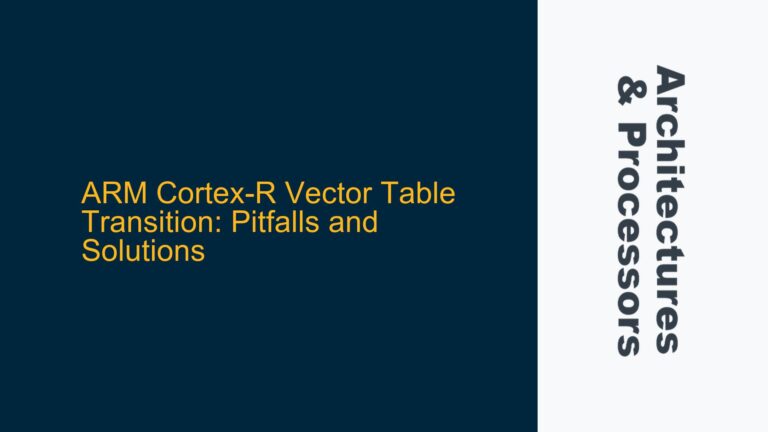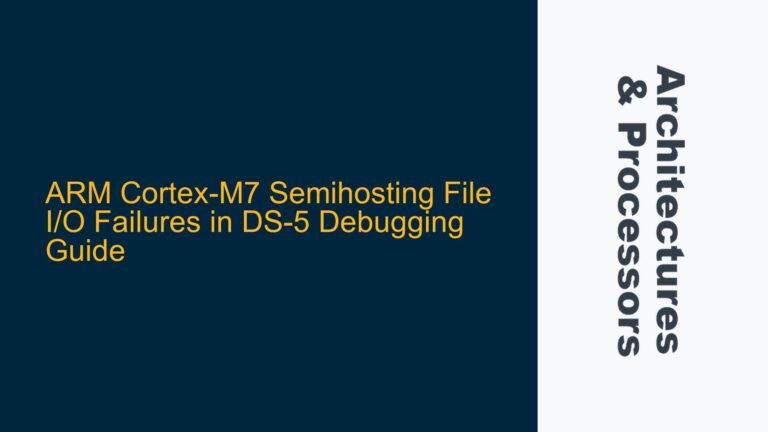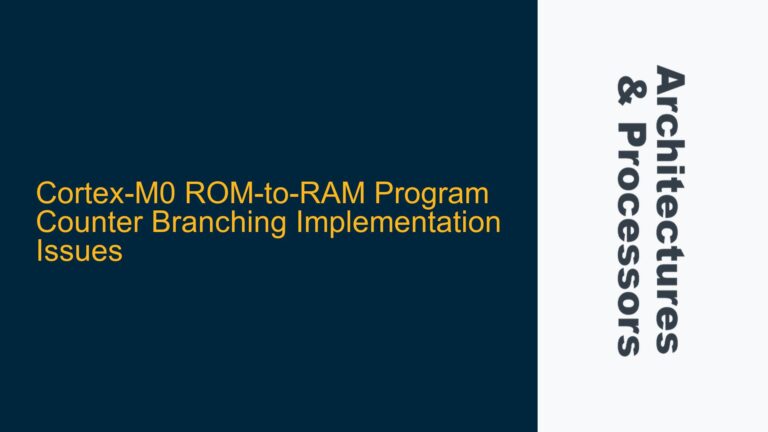SVC Pendability and Exception Handling in ARM Cortex-M Processors
SVC Pendability and Exception Entry Behavior in ARM Cortex-M The SuperVisor Call (SVC) exception in ARM Cortex-M processors is a critical mechanism for implementing system calls and transitioning between privilege levels. However, its behavior during exception entry and handling can be nuanced, particularly when higher-priority interrupts preempt the SVC exception. The ARMv7-M architecture defines specific…
